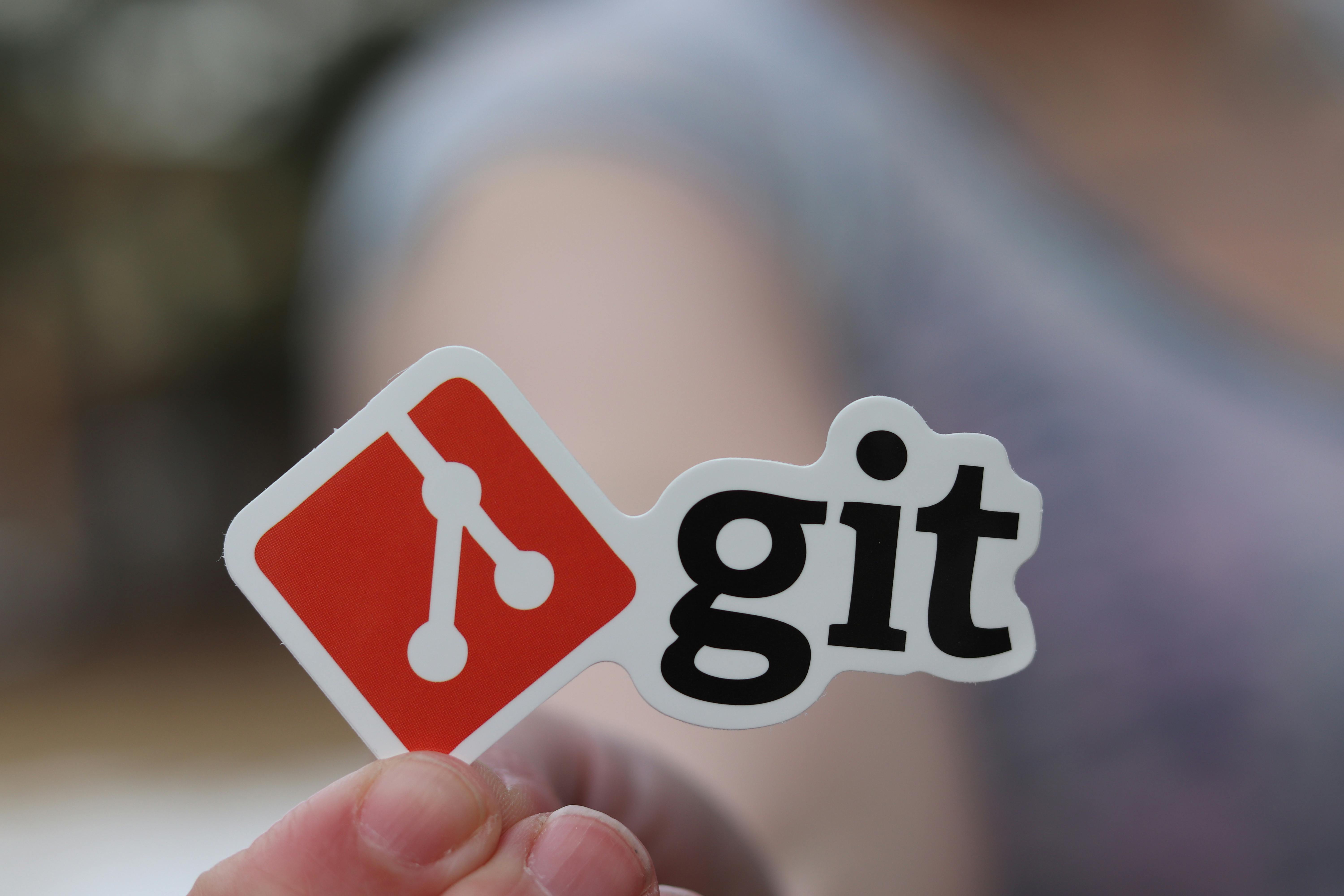What is Git?
Git is a distributed version control system used by developers to
manage and track changes to their codebase. Developed by Linus
Torvalds in 2005, Git has become one of the most widely adopted
version control systems in the software development industry.
At its core, Git allows developers to create snapshots, or
"commits," of their code at different points in time. These commits
capture changes made to the codebase, along with metadata such as
the author's name, email, and a timestamp. This enables developers
to track the history of their project and revert to previous states
if needed.
One of Git's key features is its distributed nature, which means
that every developer has a complete copy of the project's entire
history on their local machine. This decentralization allows for
greater flexibility and collaboration, as developers can work on
separate branches of the codebase independently and merge their
changes later.
Git also provides powerful branching and merging capabilities,
allowing developers to create separate branches of the codebase to
work on new features or bug fixes without affecting the main
codebase. Once the changes are complete, these branches can be
merged back into the main branch seamlessly.
Additionally, Git offers robust support for collaboration and code
sharing. Developers can host their Git repositories on platforms
like GitHub, GitLab, or Bitbucket, making it easy to share code with
colleagues and collaborate on projects with contributors from around
the world.
